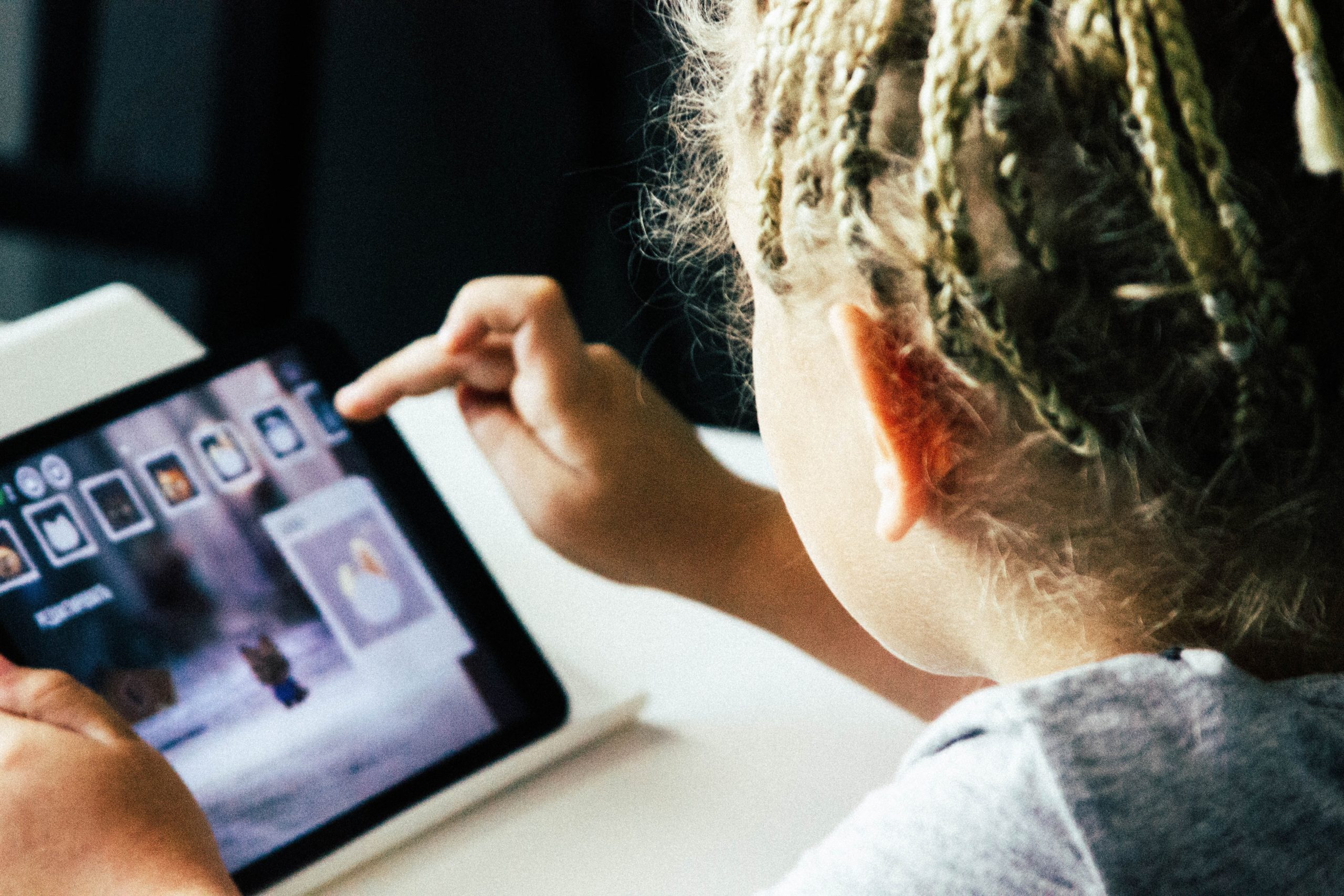I am looking forward to this class. I am hoping that this class will help me develop new ways to deliver instruction and supplement effective learning in the classroom as well as develop new skill sets for future instructional opportunities. I am unsure of being able to keep track of all web platforms but I hope I will feel be able to navigate each one proficiently by the end of this course.
Before I started this course and dived into the new material, I thought I had a clear understanding of what the term ‘multimedia’ meant. The term resonated with me as a distinct technological term only describing the use of various digital media platforms to convey information and ideas. However, I was shocked when I realized that multimedia learning could refer to anything in which pictures and words were provided simultaneously in order to achieve a deeper understanding. This could include videos that display pictures along with narration, web games that deliver instruction while showing what it looks like on a screen, or even a book that links illustrations to meaning.
Multimedia instruction and learning gives teachers and students the chance to find new ways to build mental connections and understanding. As information and ideas are delivered in more than one format (words and pictures), students are able to experience two modes of an explanation at once, meaning they could get twice the information as they would from just words or just pictures. Further, the dual delivery allows students to make deeper connections and further understanding as they link visual cues with verbal cues. This could allow them to solidify their learning and retain their knowledge as they build new connections between the forms (Mayer, 2014).
What is Multimedia? – Natalie Craig
I was also unaware of the extent in which multimedia learning could relate to interactive learning. I believe that interactive learning is essential to a child’s development and growth. It is important that they are able to take part in what they are learning about and apply their understanding in a real-world setting. As stated by The SHARE Team in their article Interactive Teaching Styles Used in the Classroom, “without practical application, students often fail to comprehend the depths of the study material (The SHARE Team, 2017)” and “telling is not teaching and listening is not learning (The SHARE Team, 2017).” Learning goes beyond verbal delivery and the effective listening. Students must be able to practice and connect concepts to real-life situations in order to effectively understand the material learned.
The use of multimedia can be very helpful in practicing interactive learning. Through the use of multiple modes of pictures and words students can immerse themselves and make connections so they can then take part in what they are learning. A good example of this, is the web game used by Rich’s son in his introductory video. Having access to a game where the learner can participate in the inner workings of a concept can help further understanding. Just as Rich’s son was able to learn more about how a virus can easily spread as he was able to follow along and participate in the game (McCue, 2020). This multimedia web game further shows an example of interactive learning as it connects to a learner’s life and current events.
References:
Mayor, R. E. (2014). The Cambridge Handbook of Multimedia Learning. Cambridge: Cambridge University Press. doi:10.1017/CBO9781139547369.
The SHARE Team. (2017). Interactive Teaching Styles Used in the Classroom. Resilient Educator. Retrieved from: https://resilienteducator.com/classroom-resources/5-interactive-teaching-styles-2/.
McCue, R. (2020). EDCI 337 Topic 1 – Introduction to Interactive and Multimedia Learning. EDCI 337: Interactive and Multimedia Learning. Retrieved from: https://edtechuvic.ca/edci337/2020/06/04/topic-1-what-is-multimedia-and-interactive-learning/
Craig, N. (Oct 5, 2016). What is Multimedia. Youtube. Retrieved From: https://www.youtube.com/watch?v=xS4go60EJEI&feature=emb_logo

Leave a Reply
You must be logged in to post a comment.